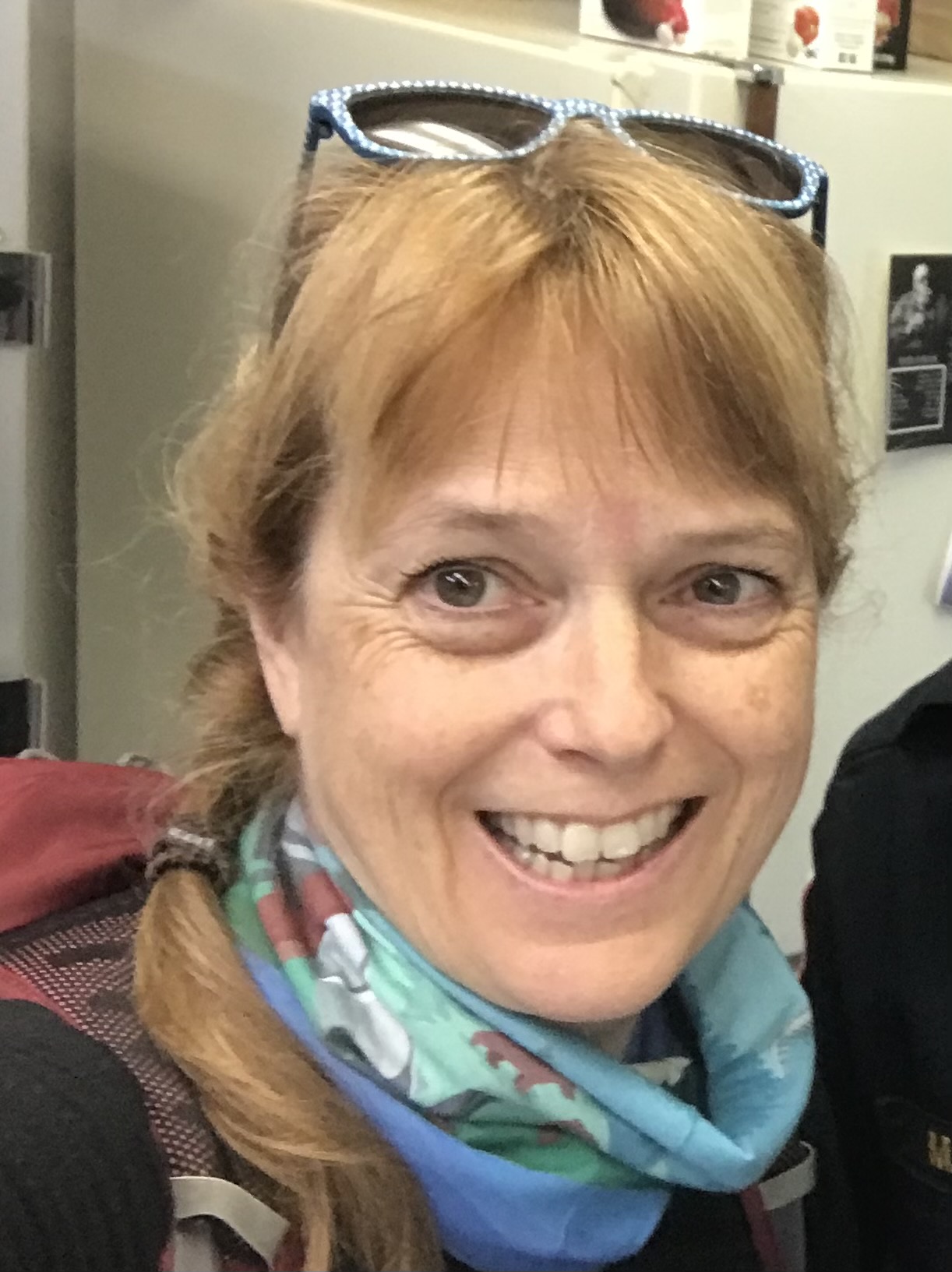Friday Focus: Magic numbers

Nettie La Belle-Hamer is the interim vice chancellor for research.
Nov. 5, 2021
— by Nettie La Belle-Hamer
I have always loved numbers. Mostly I love the patterns that numbers often create. When an unexpected pattern emerges it feels magical, or at least significant. This week my daughter will be 38 weeks pregnant and my husband and I will be 38 (fun-filled) years married. Coincidence? Probably. Magical? Only if you believe it is. Today I choose to believe.
Zero is magical in that it completely transformed our mental construct of numbers. It not only allowed for “nothing,” but paved the way for less than nothing. Once you have zero, you can construct a number line, which takes you into magical things like negative and irrational numbers. Zeros are most important when keeping other numbers in their place. For example, $10001 and $11 are very different, especially with the dollar sign!
In research we are often immersed in numbers. Numbers that measure and describe our subject of study are comfortable and familiar. They are often our focus for many years while we search for the pattern that will help us understand. Numbers that measure our performance as researchers and productivity are less familiar as they are often defined by people outside of research. If the numbers are not a true measurement of the value and impact of the work, it can be frustrating and even detrimental to future research.
Done right, however, it can motivate us as individuals and elevate the teams we create with synergy opportunities.
The number “one” is just the first whole number on the number line. But is that all it is? It is magical when used as a goal, even more so if the goal feels within reach. It is so magical that sports fans make foam #1 fingers in their team colors to show its importance! They believe their team is capable and the number one feels like magic.
UAF is currently a Carnegie Tier 2 Research University, which is laudable for a research university of our size. We are proud of this, but we are striving for more. When the chancellor first raised the idea of UAF becoming a Tier 1 university many of the researchers at UAF rejected the idea. I was one of them. It seemed impossible given how the scoring is done — you can think of it as grading on a curve. This means if we manage to improve at the same rate as our peers we probably won’t move up in ranking. Many of the measurements are not in our favor and we have suffered many years of cuts in our support from the state. There are lots of reasons why it won’t work, but one overwhelming reason why it will. We believe we can.
I have been immersed in numbers as the interim VCR for the last 18 months. I am now in the true believers camp! YES, achieving Tier 1 is a BHAG (Big Hairy Audacious Goal), AND it is within our reach. This makes it a magical number in my mind.
Magic? Maybe. Possible for UAF? Absolutely. You are part of UAF and part of the magic. What can you do? Believe and contribute all the skills and talents you possess. Share your ideas. Be bold. Achieving the BHAG is possible together. That’s the magic.
I choose to believe in the Nanook Nation!
Friday Focus is a column written by a different member of UAF’s leadership team every week.


